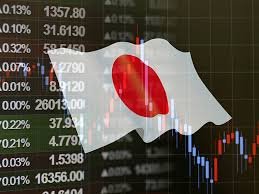The market’s attention has shifted from the previous day’s US consumer price index to next week’s Bank of Japan monetary policy meeting. The US consumer price index slowed down as expected. The dollar exchange rate fluctuated nervously at the beginning, but in the end it swayed in the direction of the dollar’s depreciation. Expectations for a 25 basis point rate hike at the February FOMC are almost certain as US inflation has become more pronounced.
In yesterday’s market, the dollar-yen pair fell sharply from the mid-132 yen range to the high-128 yen range. In addition to the US CPI, speculation about the Bank of Japan’s monetary policy revision seems to have been strong. He reacted to reports that the Bank of Japan will review the side effects of large-scale monetary easing at its meeting next week.
In the Tokyo market today, the 10-year bond yield temporarily rose to 0.545%, exceeding the Bank of Japan’s YCC upper limit of 0.5%. At the previous decision-making meeting, the Bank of Japan announced that it would expand the YCC fluctuation range, and at next week’s meeting, speculation is likely to expand or even abolish it. The dollar/yen exchange rate temporarily fell further to the 128.60 level. Currently, price fluctuations are slowing down in the lower 129 yen range, but fluctuations are likely to be seen in overseas markets as well. The one-week volatility of the dollar-yen has risen to the 21% level, indicating that the market is raising expectations of fluctuations in the direction of yen appreciation.
Considering selling USD and buying JPY, selling USDJPY is the easiest to increase. Today, we are aiming to sell USDJPY, but since it is the weekend, it is easy to make opposite trades to take profits, so we would like to place a cautious position.


